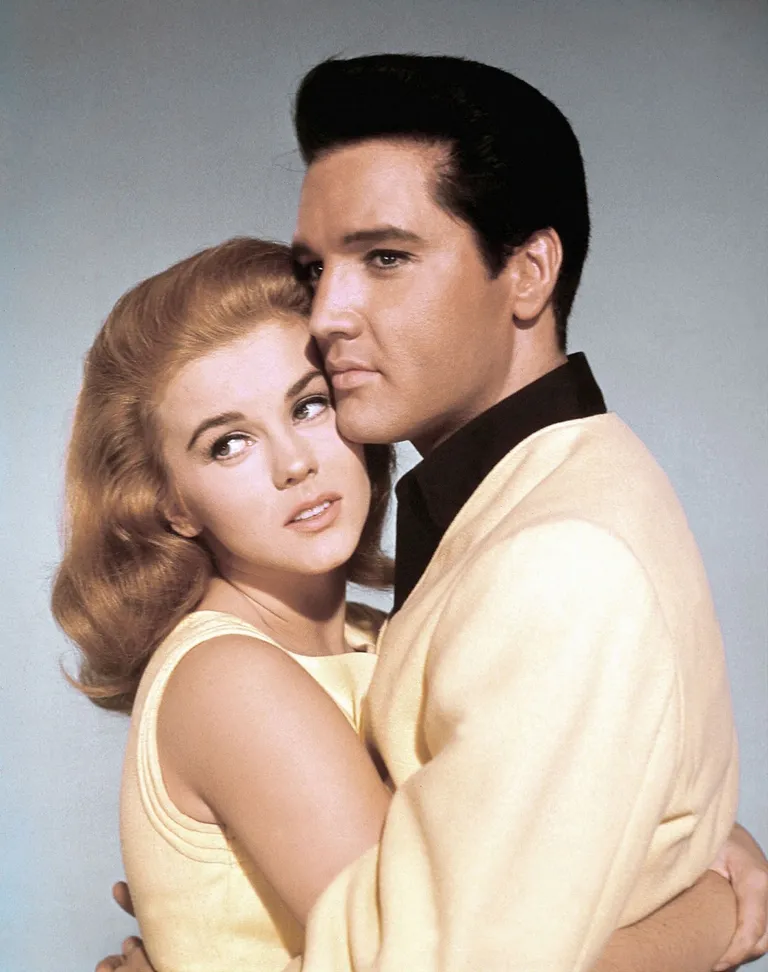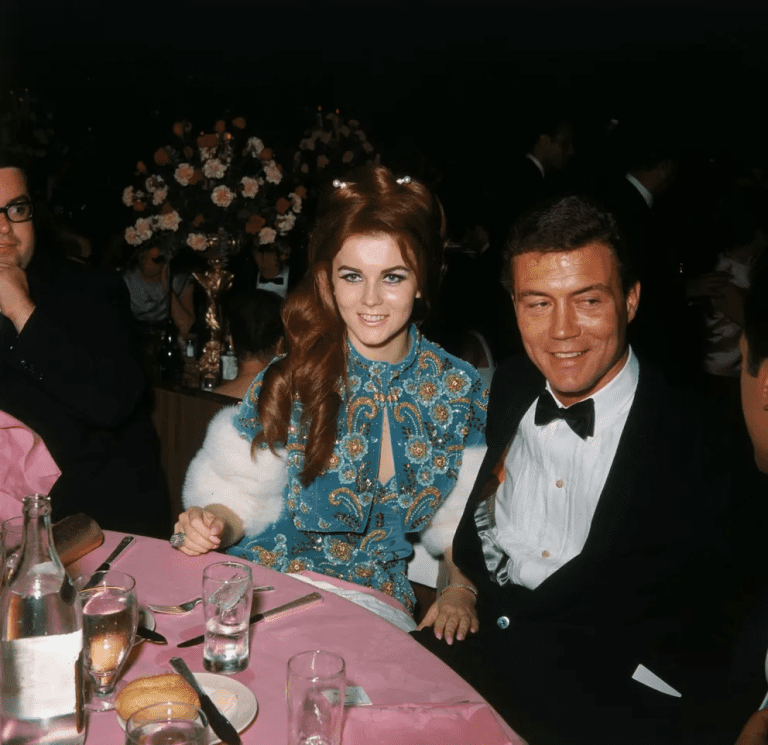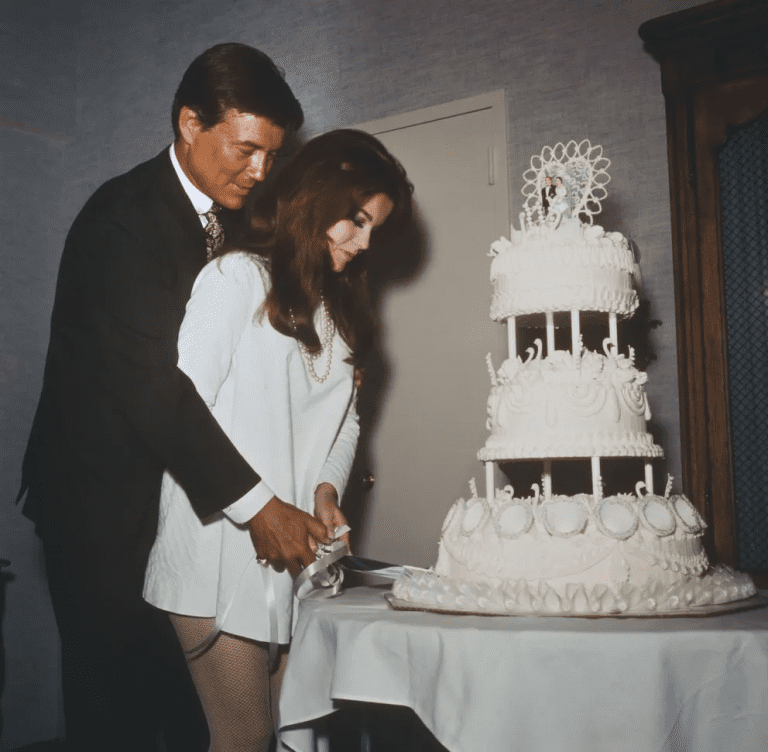The golden age of Hollywood brought us countless stars, but few shone as brightly as Ann-Margret Olsson. The Swedish-born actress captivated audiences with her beauty, talent, and magnetic presence. Yet, behind the glittering facade of her illustrious career lies a story of profound sacrifice and devotion. Ann-Margret’s life is a testament to resilience, love, and the enduring power of human connection.
From Sweden to Stardom: Ann-Margret’s Early Life

Ann-Margret’s journey began far from the bright lights of Hollywood, in a small Swedish village. Born on April 28, 1941, she grew up surrounded by music, a passion instilled by her family. “From when I was four years old, I would harmonize with my mother to Swedish songs,” she fondly recalled. Her home was filled with melodies, a comforting escape during the hardships of World War II.
At six years old, Ann-Margret immigrated with her family to Illinois, where she found a new rhythm to her life. Her natural talent for singing and dancing flourished, leading her to Northwestern University, where she studied theater. But her ambitions outgrew academia, propelling her toward Hollywood.
Breaking Into Hollywood: A Star on the Rise
Ann-Margret’s big break came when legendary comedian George Burns discovered her and introduced her to the entertainment industry. By the early 1960s, she had become a household name, captivating audiences with her sultry voice and vibrant performances.
Her hit single “I Just Don’t Understand” and her film debut in Pocketful of Miracles cemented her place as one of Hollywood’s brightest stars. She soared to iconic status with her roles in Bye Bye Birdie and Viva Las Vegas, where her sizzling on-screen chemistry with Elvis Presley left audiences mesmerized. While rumors of an off-screen romance swirled, Ann-Margret remained private about their connection, saying only, “Everyone knows how I felt about him. It was very, very private.”
Overcoming Typecasting: A Battle for Artistic Recognition
Despite her meteoric rise, Ann-Margret faced the same challenge many women in Hollywood did: being typecast. Critics often reduced her to a “sex symbol,” overshadowing her undeniable talent. Determined to prove her depth as an actress, she pursued more challenging roles, including European projects that allowed her to explore new creative territories.
By the 1970s, Ann-Margret had successfully reinvented herself. Roles in gritty dramas and musicals showcased her range and earned her critical acclaim. Yet, as her career flourished, her personal life was about to take a transformative turn.
A Love Story for the Ages
In 1967, Ann-Margret married actor Roger Smith, best known for his role in 77 Sunset Strip. Their love story was one for the ages. “I knew I was going to marry him on our third date,” she revealed. Smith’s protective nature and unwavering support became the foundation of their enduring partnership.
Smith stepped away from acting to manage Ann-Margret’s career, helping her secure more serious roles and navigate the challenges of Hollywood. Together, they formed a team that thrived on love, respect, and mutual admiration.
The Test of Illness and Selfless Sacrifice

Their bond was tested when Smith was diagnosed with myasthenia gravis, a rare neuromuscular disease, followed by Parkinson’s disease. Ann-Margret chose to prioritize her husband’s care over her career, stepping away from the spotlight to become his full-time caregiver. “If one of you has a broken wing, the other takes over,” she said, encapsulating the selfless love that defined their marriage.
For decades, Ann-Margret cared for Smith with unwavering devotion, balancing sporadic film roles with her responsibilities at home. Her dedication not only reflected her strength but also earned her admiration as a symbol of loyalty and resilience.
Life After Loss: Carrying Love Forward

In 2017, after 50 years of marriage, Roger Smith passed away at the age of 84. Ann-Margret mourned deeply but found solace in the memories of their life together. “A great love story doesn’t end with death,” a close friend shared. “You carry their spirit with you.”
Today, Ann-Margret continues to honor Smith’s legacy while embracing life’s simple joys. She remains close to her stepchildren and their families, cherishing her role as a grandmother and finding happiness in everyday moments.
A Triumphant Return to the Spotlight

Despite her personal losses, Ann-Margret hasn’t lost her passion for the arts. She made a celebrated return to acting with a role in The Kominsky Method, earning praise for her poignant performance. She also released a nostalgic album, Born to Be Wild, featuring her favorite songs from the 1960s. “I had a ball doing it!” she exclaimed, her enthusiasm a reminder of her enduring spirit.
Ann-Margret continues to inspire with her energy and zest for life. Weekend walks with friends, creative projects, and quiet moments of reflection bring her peace and joy.
Finding Strength in Everyday Moments
Ann-Margret’s ability to find beauty in life’s quieter moments is a testament to her resilience. Whether walking with friends or savoring a serene morning by her pool, she embraces the present with gratitude. Her approach to life is a reminder that even amidst challenges, there is always room for joy.
Conclusion: A Legacy of Love and Strength

Ann-Margret’s story is one of triumph, sacrifice, and unyielding love. From her rise as a Hollywood icon to her devoted role as a wife and caregiver, she has lived a life defined by grace and resilience. Her marriage to Roger Smith remains a shining example of the power of partnership, proving that true love transcends fame and fortune.
Today, Ann-Margret’s legacy is not just in her unforgettable performances but in her unwavering commitment to the people she loves. She reminds us all that the greatest successes in life are often found in the quiet, selfless acts that define a life well-lived. Her journey is a testament to the enduring power of love, resilience, and the human spirit.


